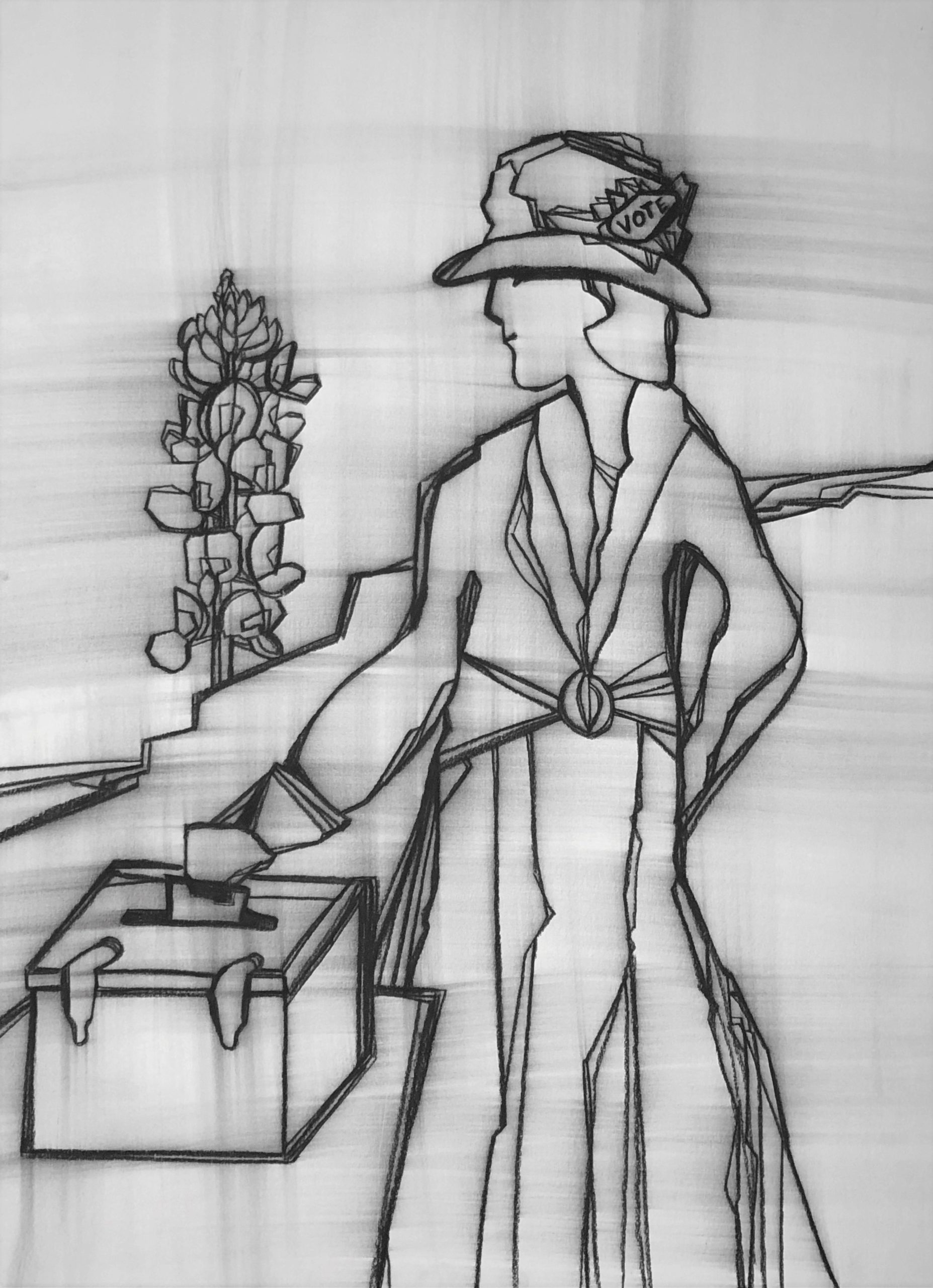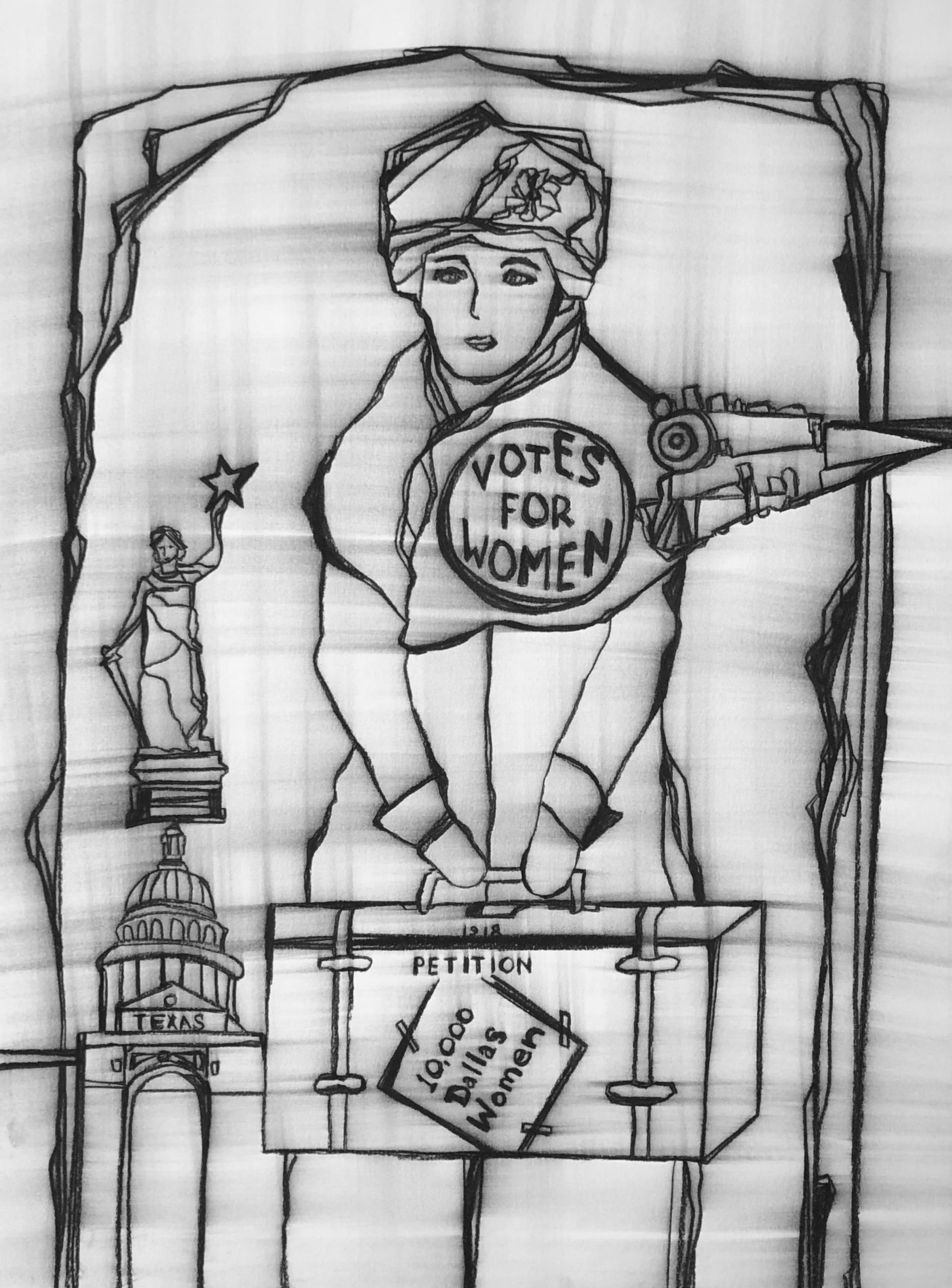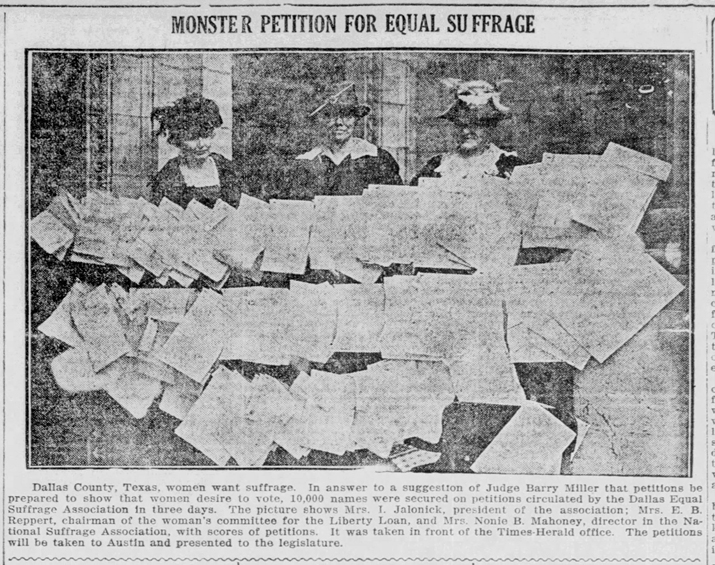The Ballot and The Bluebonnet by Mylinda Farr
Artist Statement
“The Ballot and the Bluebonnet” art is dedicated to all of the Texas women who forged new ground with woman suffrage and withstood a variety of opposition, rising up to bloom and vote in the most unexpected times and places, just like the bluebonnet wildflower. As Dolly Parton’s song reveals, “When a flower grows wild it can always survive. Wildflowers don’t care where they grow.” In 1911, when Representative Barry Miller introduced the resolution for the bluebonnet to be the state flower; it passed the senate but had to overcome a challenging debate in the House from those who did not know anything about the bluebonnet flower but favored others such as the cotton boll or the cactus flower. Barry Miller, the bluebonnet cheerleader, at first gave woman suffragists negative feedback for wanting to vote but later changed his mind and began actively campaigning for the victory of women voting.
The suffragist in the artwork, placing her vote in the ballot box, eludes confidence just as the strong and symbolic bluebonnet posing in the background grows upright, a glorious surprise in the Texas spring. In late March 1914, at the conclusion of a woman suffrage luncheon in San Antonio given to businessmen with the hope of organizing a league of their own, the speaker, Mabel Vernon, an “ardent little suffragist from Washington” was presented with two bouquets, one of roses and the other of Texas bluebonnets.
Four suffragists who forged new ground with woman suffrage and withstood a variety of opposition
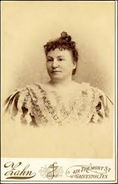 Rebecca Henry Hayes (1843-1924)
Rebecca Henry Hayes (1843-1924)
Lecturer, journalist, inventor, farmer, clubwoman and portrait artist
Hailing from Kansas’ suffrage work, Hayes settled in Galveston. She led and served as president of the first statewide organized effort for suffrage, which met in Dallas in 1893. She and her husband joined together as charter members of the Texas Equal Suffrage Association. The next year in Fort Worth, Hayes declared, “Woman would have her power if she had the ballot, and with this potent weapon in her hand, the world would be immeasurably bettered.” Unfortunately, the association disagreed on various issues like whether they should rely on Texas women to campaign in the state or bring in national suffrage leaders to speak and organize. Hayes, ousted from the presidency’s position, wrote letters for her reinstatement which worked but was replaced at the next election by Sam Houston’s daughter-in-law, Elizabeth Good Houston. As the Texas suffrage organization fizzled out in the last part of the 1800s and the early 1900s, Hayes focused on working for Galveston’s homeless children and improving her inventions, filing patents for an outdoor cooking stove and a cushion tire. In 1913, with a renewed suffrage fervor, Hayes proposed the Texas Farmer’s Institute pass a resolution supporting woman suffrage; nonetheless, it was ruled as out of order by the organization’s president.
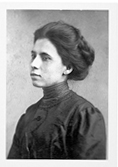 Jovita Idar Juarez (1885-1946)
Jovita Idar Juarez (1885-1946)
Mexican American teacher, activist, newspaper publisher, editor and journalist, volunteer nurse during the Mexican Revolution
Jovita’s family Laredo newspaper, La Cronica, supported her activism as she founded La Liga Feminil Mexicaista, the League of Mexican Women. Writing an article for the paper in December 1911, she reported “Working women [recognize] your rights, proudly raise your chins and face the fight. The time of your degradation has passed…. Much has been said and written against the feminist movement but despite the opposition, women in California can vote on a jury and hold public offices….” Jovita famously defied Texas Rangers, standing on her own in the doorway of El Progreso’s newspaper offices, to resist their attempt to shut it down as she had written an article against President Wilson sending troops to the border; however, when Jovita left the next day, the Rangers returned, destroying the printing press. Jovita’s later life was spent in San Antonio starting a free kindergarten, serving as a Spanish interpreter for a hospital and working as editor of the Methodist El Heraldo Cristiano.
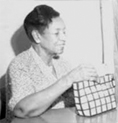 Maude Craig Sampson Williams (1880-1958)
Maude Craig Sampson Williams (1880-1958)
African American activist, speaker, educator, club and community organizer
On June 12, 1918, Sampson organized a planning meeting at her El Paso home including African American and white women, discussing woman suffrage, registration information and election details. That evening, they formed the El Paso Negro Woman’s Civic and Enfranchisement League. Sampson’s local group experienced a few setbacks. First, they were denied affiliation with the national woman suffrage organization. And later, when the county’s Democratic chairman requested women to serve as county election clerks, Belle C. Critchett, the past president of the El Paso Equal Franchise League, submitted various names; however, the African American women’s names on the list were refused. In 1919, still determined to take part in politics, Sampson rallied for the prohibition candidate in the Democratic primary and served as a precinct campaign organizer with African American and white women.
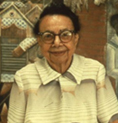 Christia V. Daniels Adair (1893-1989)
Christia V. Daniels Adair (1893-1989)
African American activist, Sunday school organizer, secretary, worked for desegregation and served as a county clerk of absentee voting into her eighties
Adair related how she was denied the vote according to Texas law and primary elections in 1919: “The white women were going to vote, and we dressed up and went to vote, and when we got down there, well, we couldn’t vote. They gave us all different kinds of excuses why. So finally one woman, a Mrs. Simmons, said, ‘Are you saying that we can’t vote because we’re Negroes?’ And he said, ‘Yes, Negroes don’t vote in primary in Texas.’ So that just hurt our hearts real bad.” Despite this opposition, Adair’s political motivation for change continued as she later served as the executive secretary of the NAACP during the time the organization filed a lawsuit to end the White Primary in Houston.
Sources for the Ballot and the Bluebonnet art description and Four Suffragists: Texas newspapers; Texas State Historical Association; Texas Women and the Vote; National Women’s History Museum, and Adair’s quote from the Washington Informer. Photos: Hayes, Austin Public Library; Jovita, UTSA; Sampson, Wikipedia; Adair, Wikipedia
Mylinda Farr Artist Bio
Ways to experiment with various mediums takes over my daydreaming as I desire to discover various techniques in oil, acrylic, ink, charcoal and graphite. I am drawn to historical stories and figures, wildflowers, horses and cowboys taken from the everyday surroundings of nature and animals of my family’s small ranch in East Texas. I grew up in a Texas Panhandle wheat farming community where my mother, a dynamic inspiration, owned the only hobby shop in the region (behind our house) offering a variety of classes like tole-painting, restoring antique trunks, and making resin grape lamps. My life ventured forward as I spent a year in Jerusalem, followed by living in the southwest and Old East Dallas. I tackled an MBA early on in my career but now fill my time pursuing creative endeavors, like art and music, researching history and spending time with my family.
My current artistic passion is drawing and painting single flower and macro botanical shapes – especially lupines, such as bluebonnets – on large-scaled paper and canvas with a geometrical bent.
